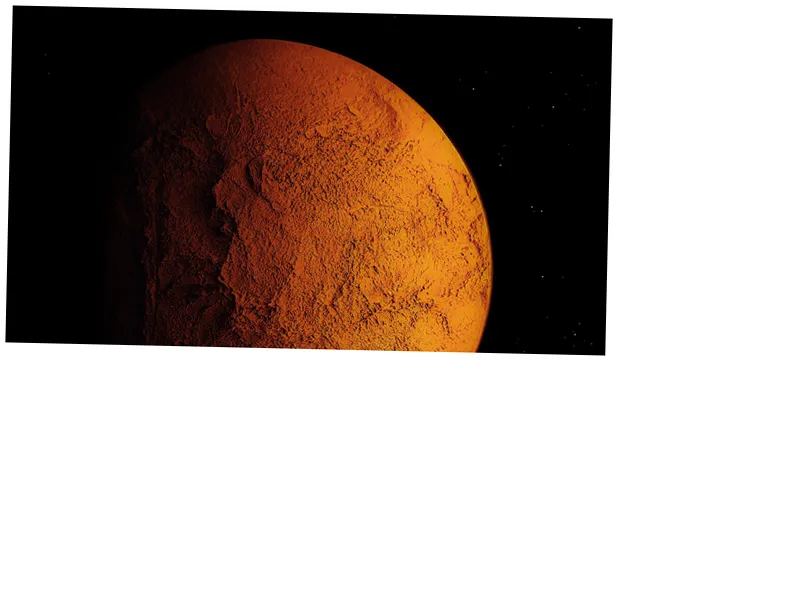American geophysicists from the University of California at Berkeley and the University of California at San Diego have made a groundbreaking discovery: a vast ocean lies beneath the surface of Mars. This revelation stems from seismic data collected by NASA's InSight Lander, which has been exploring the Red Planet since 2018. The findings were published in the esteemed journal, Proceedings of the National Academy of Sciences. Researchers suggest that the Martian crust contains patches of crushed igneous rock capable of holding enough liquid water to cover the entire planet with a layer 1-2 kilometers thick.
Historically, it is believed that Mars was once covered with liquid water over 3 billion years ago, evidenced by the dry riverbeds and ancient lake basins visible today. Theories regarding the disappearance of this water vary; some suggest that a weak magnetic field allowed solar winds to strip the atmosphere, causing evaporation, while others propose that water was absorbed by minerals during hydration processes. The new study posits that liquid water still exists within the Martian crust, located at depths of 11.5 to 20 kilometers in tiny cracks and pores, warranting further investigation to validate this hypothesis.
The implications of this discovery extend beyond geology; the presence of water on Mars raises intriguing possibilities for the existence of life. Michael Manga, a professor of earth and planetary sciences at UC Berkeley, emphasized that the existence of liquid water could provide insights into the planet's climate and its potential to support life. Russian scientists have weighed in on the findings, with Alexander Bazilevsky from the Institute of Geochemistry and Analytical Chemistry expressing confidence in the existence of liquid water at the specified depths, citing evidence of fluidized emissions from meteorite impacts.
While the findings are promising, they are still considered a hypothesis. The research relies on probabilistic calculations based on Bayesian statistics, suggesting that the conclusions may evolve as new data emerges. Should the existence of liquid water be confirmed, it could significantly influence future Mars colonization efforts. However, accessing this water may pose challenges, as it lies deep beneath the surface. Experts like Vladimir Surdin note that while the depth is considerable, the lower gravity on Mars could make drilling more feasible compared to Earth.
In conclusion, the discovery of a potential ocean beneath Mars' surface opens new avenues for exploration and understanding of the Red Planet. While the findings are still to be conclusively proven, they stimulate vital discussions about the planet's history, its capacity to support life, and the future of human colonization. As researchers continue to analyze the data collected by InSight, the quest for understanding Mars and its hydrosphere is far from over.






